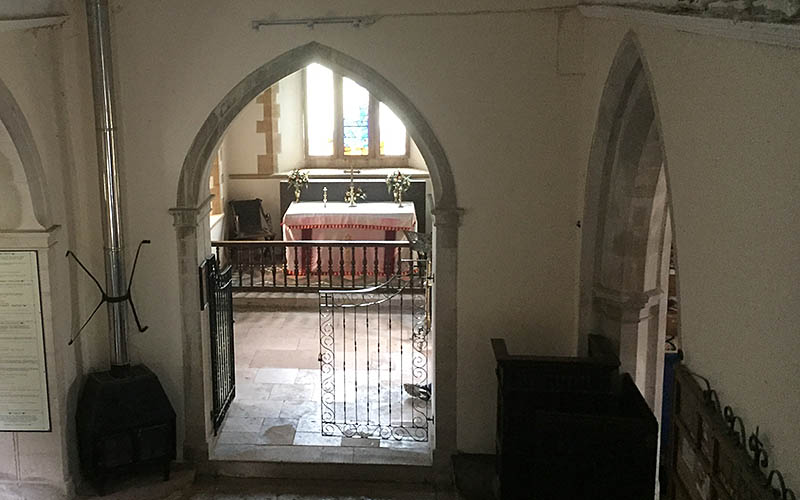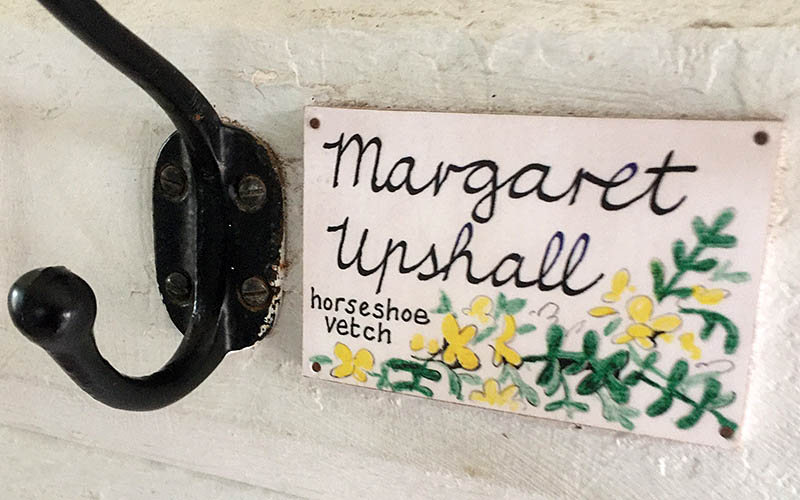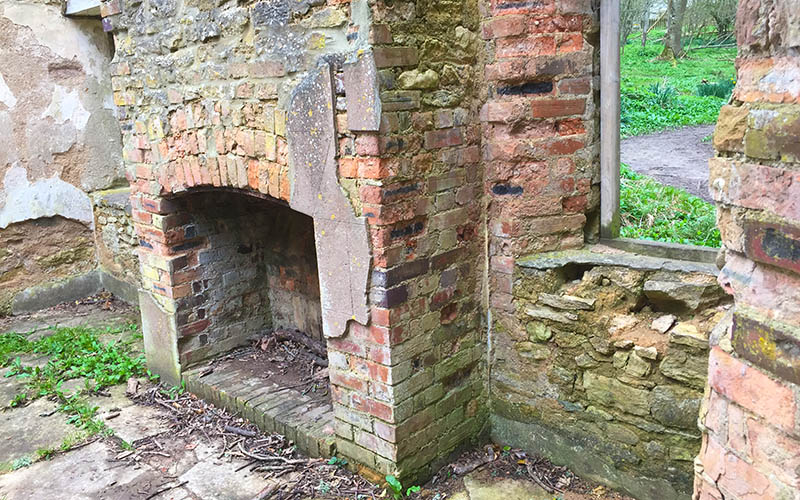Tyneham Village
In November 1943, 225 residents from 102 properties were given notice to leave within 28 days.
The last residents left on 17 December, believing that one day they could return. A note pinned to the door of the church of St Mary’s said: “Please treat the church and houses with care; we have given up our homes where many of us lived for generations to help win the war to keep men free. We shall return one day and thank you for treating the village kindly.”
Sadly they were never allowed to return.

Today, the village is part of Lulworth Ranges, owned by Ministry of Defence, but access is allowed most weekends and all public holidays.
The homes are badly damaged but the church is intact, as is the school building.
Tyneham National Elementary School was built in 1856, originally for 60 pupils. Children from 4 to 14 were taught in the same room.
When the Coastguard station at Worbarrow closed in 1912, many pupils left. In 1932, with only 9 pupils left, the school was closed and used as a village hall. Fomer pupils attended Corfe Castle school.
In the school building you can see the pegs with names of children on, and examples of school work.

There’s a car park by Tyneham Village and a £2 donation per vehicle is encouraged to help fund the ongoing conservation work.
Tyneham and Worbarrow are part of the Ministry of Defence Lulworth Ranges which is a live firing range so you’ll need to keep within the safe zones at all times.

Tyneham House and the former hamlets and farmsteads of North Egliston, Baltington, South Egliston and Povington are in the restricted zone and therefore not accessible to the public.
There are picnic areas but no shops or cafes. You can find toilets at Tyneham Farm near the car park.
There are no litter bins in Tyneham Village so please take your litter home with you.